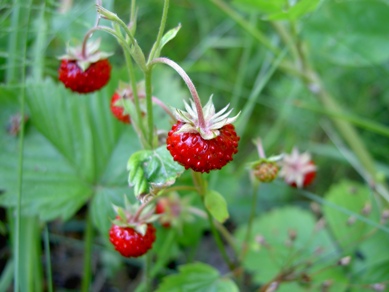Springtime means its Stinging Nettle time! The young Nettle leaves are ripe for foraging and cooking. They are delicious and highly nutritious, packed with vitamins C, D and K and minerals, Iron, Zinc and Magnesium. Nettles can be added to many of your weekly family dishes adding that extra nutritional kick! Pop a few wild nettle leaves into your omelettes, Spaghetti Bolognaise, soups or curries. Cook them like Spinach for a side dish or make a Detox Tea!
My Granddaughter and I had a lot of fun last summer making this video of how to make Stinging Nettle Soup and Tea. Its such a fun thing to do with children and because they pick and cook the nettles they are more likely to try it.
Stinging Nettles will often be used on our Foraging Courses, Family Camps and Adults Bushcraft courses. We not only cook them to add to the evening meals but we make tasty snacks like Stinging Nettle Crisps to have after a busy afternoon of building shelters or lighting fires. And that’s not the only thing we use them for, we also make string, natural cordage from them.
I’d love to know if make your own Stinging Nettle soup or tea!








